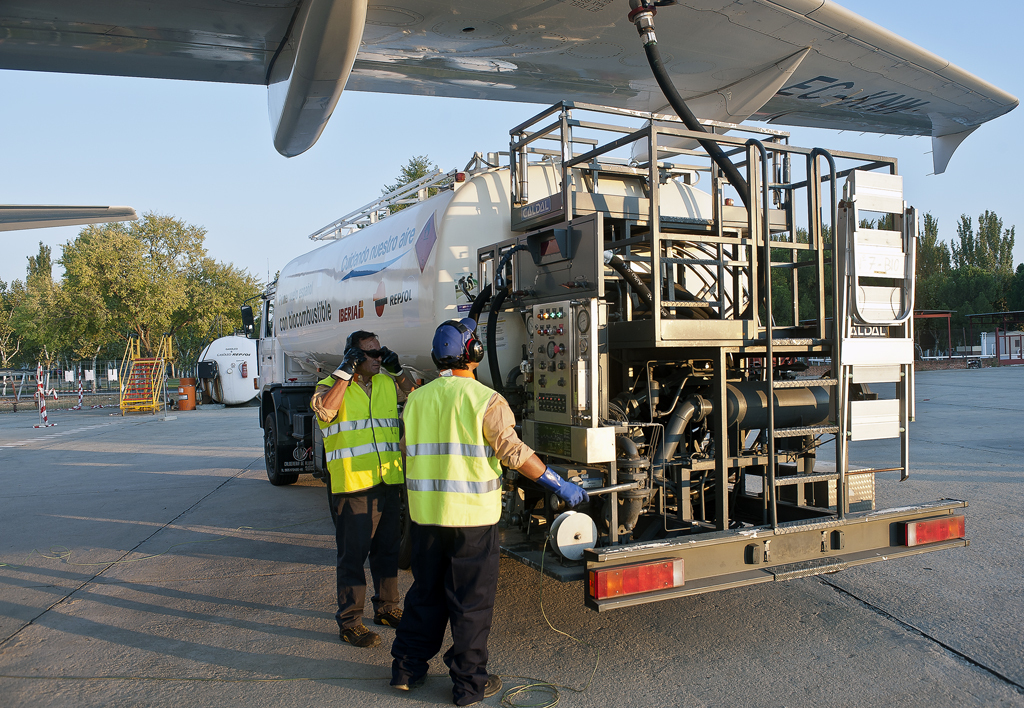Biofuels are biomass-derived fuels from plants, animals, or waste; depending on which type of biomass is used, they could lower CO2 emissions by 20–98% compared to conventional jet fuel.[4] The first test flight using blended biofuel was in 2008, and in 2011, blended fuels with 50% biofuels were allowed on commercial flights. In 2023 SAF production was 600 million liters, representing 0.2% of global jet fuel use.[5]
Aviation biofuel can be produced from plant or animal sources such as Jatropha, algae, tallows, waste oils, palm oil, Babassu, and Camelina (bio-SPK); from solid biomass using pyrolysis processed with a Fischer–Tropsch process (FT-SPK); with an alcohol-to-jet (ATJ) process from waste fermentation; or from synthetic biology through a solar reactor.
SAF technology faces significant challenges due to feedstock constraints. The oils and fats known as hydrotreated esters and fatty acids (Hefa), crucial for SAF production, are in limited supply as demand increases. Although advanced e-fuels technology, which combines waste CO2 with clean hydrogen, presents a promising solution, it is still under development and comes with high costs. To overcome these issues, SAF developers are exploring more readily available feedstocks such as woody biomass and agricultural and municipal waste, aiming to produce lower-carbon jet fuel more sustainably and efficiently.[7]



The food waste the US creates could feed our food insecure people 7 meals a day.